Mailing List
Sign up for our mailing list to get latest updates and offers.
Sikkim offers a captivating escape for families with its blend of natural wonders, cultural richness, and engaging activities. Begin your journey in Gangtok, where you can explore the vibrant MG Road, visit the serene Enchey Monastery, and take in panoramic views from Tashi Viewpoint. A day trip to Tsomgo Lake and Baba Mandir provides breathtaking alpine scenery and a touch of local folklore. Moving on to Pelling, enjoy the mystical Khecheopalri Lake and the ancient Rabdentse Ruins, which offer stunning views of the Kanchenjunga range. A visit to Namchi introduces you to the impressive Samdruptse Statue and the serene Char Dham complex. Whether you’re absorbing the tranquil ambiance of monasteries or reveling in the picturesque landscapes, Sikkim is sure to offer a memorable experience for every family member.
Morning: Arrive at Bagdogra Airport or New Jalpaiguri Railway Station. Transfer to Gangtok (about a 4-5 hour drive). Afternoon: Check into your hotel and relax. Evening: Stroll along MG Road, the main market area in Gangtok. Enjoy some local cuisine.
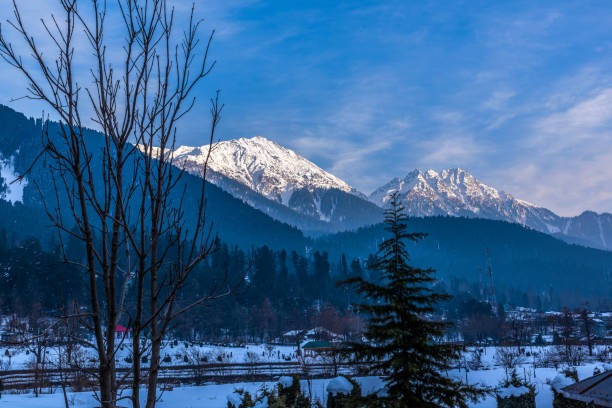
Morning: Visit the Enchey Monastery and the Namgyal Institute of Tibetology. Afternoon: Explore the Tashi Viewpoint for stunning views of the Kanchenjunga range. Visit the Ganesh Tok Temple and the Rumtek Monastery. Evening: Visit the local markets and enjoy some shopping.
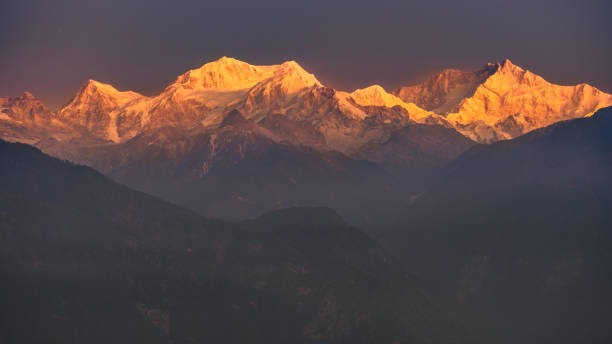
Morning: Take a day trip to Tsomgo Lake (12,400 ft) and Baba Mandir. The lake is about a 2.5-hour drive from Gangtok. Afternoon: Enjoy the scenic beauty of the lake and the surrounding snow-capped mountains. Have lunch at a local eatery. Evening: Return to Gangtok
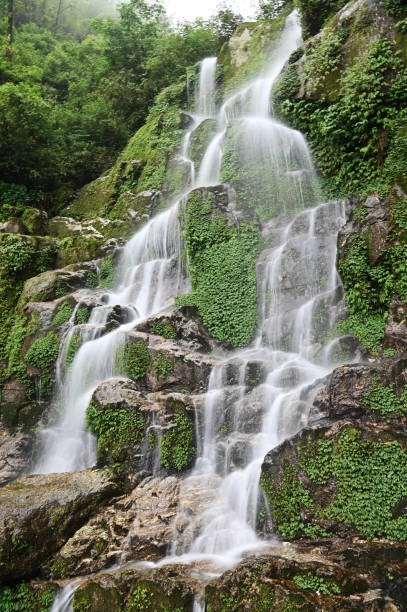
Morning: Drive from Gangtok to Pelling (about a 5-6 hour drive). Afternoon: Check into your hotel and relax. Evening: Visit the Pemayangtse Monastery
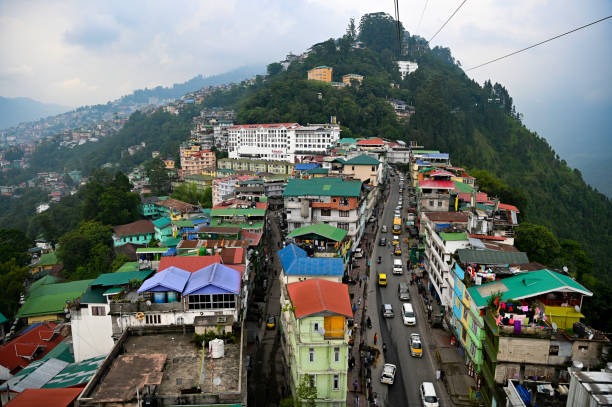
Morning: Visit the Khecheopalri Lake, a sacred lake surrounded by dense forest. Afternoon: Explore the Rabdentse Ruins and enjoy panoramic views of the Kanchenjunga range. Evening: Relax and explore local markets.

Morning: Drive from Pelling to Namchi (about a 3-4 hour drive). Afternoon: Visit the Samdruptse Statue and the Char Dham complex. Enjoy views of the surrounding area. Evening: Return to Gangtok or stay overnight in Namchi depending on your preference and time.
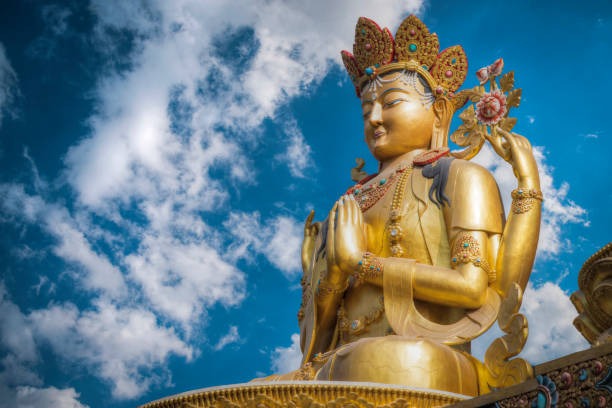
Morning: Check out from your hotel. Depending on your departure time, you may have time for some last-minute shopping or exploration. Afternoon: Transfer to Bagdogra Airport or New Jalpaiguri Railway Station for your onward journey.
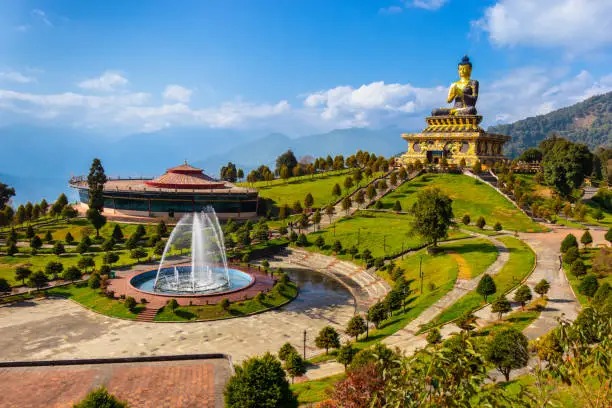
Answer: The best time to visit Sikkim is from March to June and September to December. These months offer pleasant weather and clear views of the Himalayas. The monsoon season (July to August) can bring heavy rainfall, which might lead to landslides and travel disruptions.
Answer: Indian tourists need a Protected Area Permit (PAP) to visit certain areas like Tsomgo Lake and Nathula Pass, which are close to the border. Foreign tourists need an Inner Line Permit (ILP) to visit Sikkim. Both permits can be arranged through travel agents or sometimes directly through government offices in Sikkim.
Answer: Sikkim's high altitude areas, such as Tsomgo Lake, can cause altitude sickness. To prepare: Acclimate: Spend a day or two in Gangtok before heading to higher altitudes. Hydrate: Drink plenty of water. Rest: Avoid strenuous activities immediately upon arrival at high altitudes. Medications: Carry medications for altitude sickness, such as Diamox, if needed.
Answer: Local transportation options include: Taxis: Shared or private taxis are commonly used for intercity travel. Private Vehicles: Hiring a private car with a driver can be more comfortable and flexible. Local Buses: There are state-run buses for longer routes, but they may not be as convenient for tourists.
Answer: Yes, Sikkim is generally safe for families. However, take standard precautions: Health: Keep an eye on children’s health, especially regarding altitude sickness and food hygiene. Safety: Follow safety guidelines for travel and outdoor activities.
Answer: Pack the following: Warm Clothing: Even in summer, temperatures can be chilly, especially in higher altitudes. Rain Gear: A raincoat or umbrella for unpredictable weather. Comfortable Footwear: For walking and exploring. Sunscreen and Sunglasses: High altitudes mean stronger UV rays.
Answer: Sikkimese cuisine includes dishes like momos (dumplings), thukpa (noodle soup), and gundruk (fermented leafy greens). Indian, Tibetan, and Nepali cuisine is widely available. There are also options for various dietary preferences.
Answer: While Sikkim is relatively safe, consider these health precautions: Vaccinations: Ensure routine vaccinations are up to date. Water: Drink bottled or boiled water. Food: Eat at reputable restaurants and avoid raw or uncooked foods.